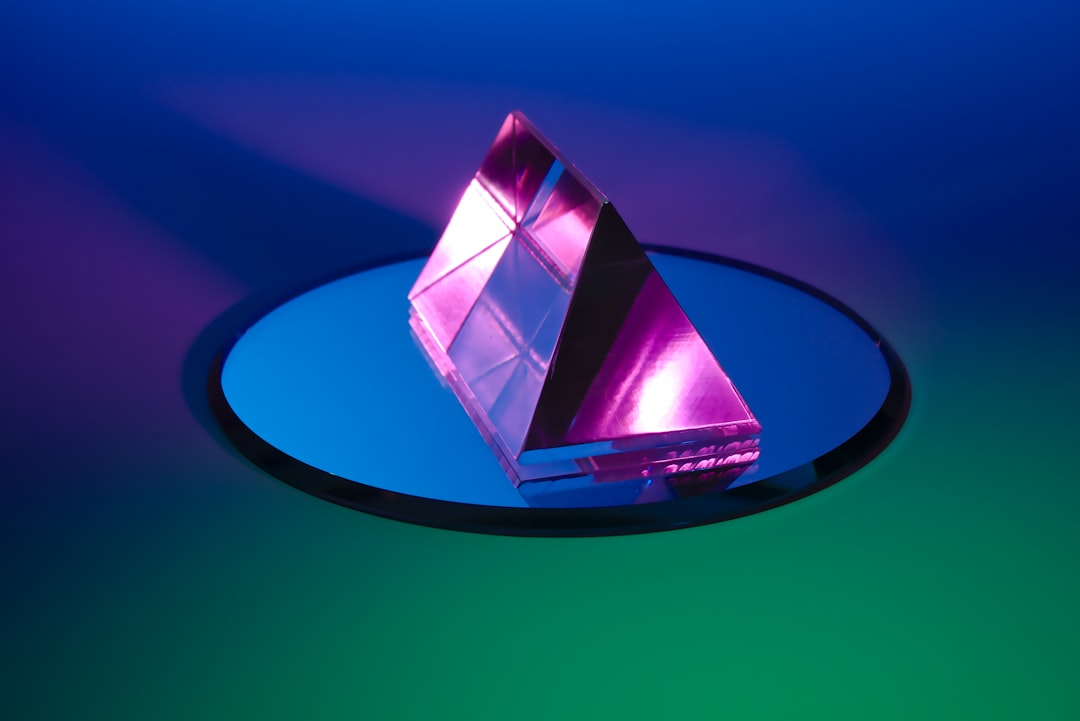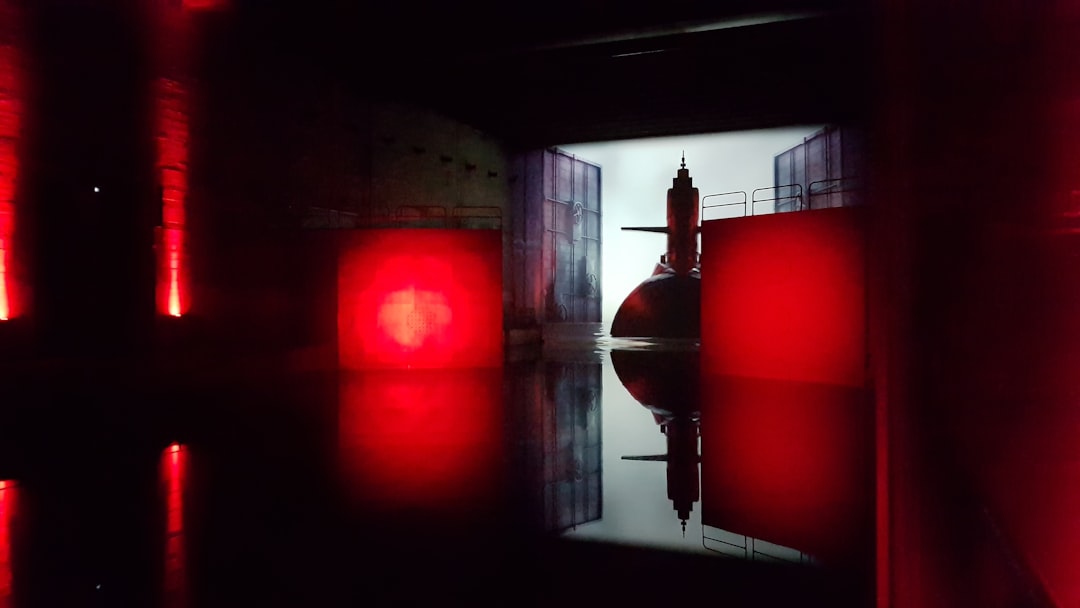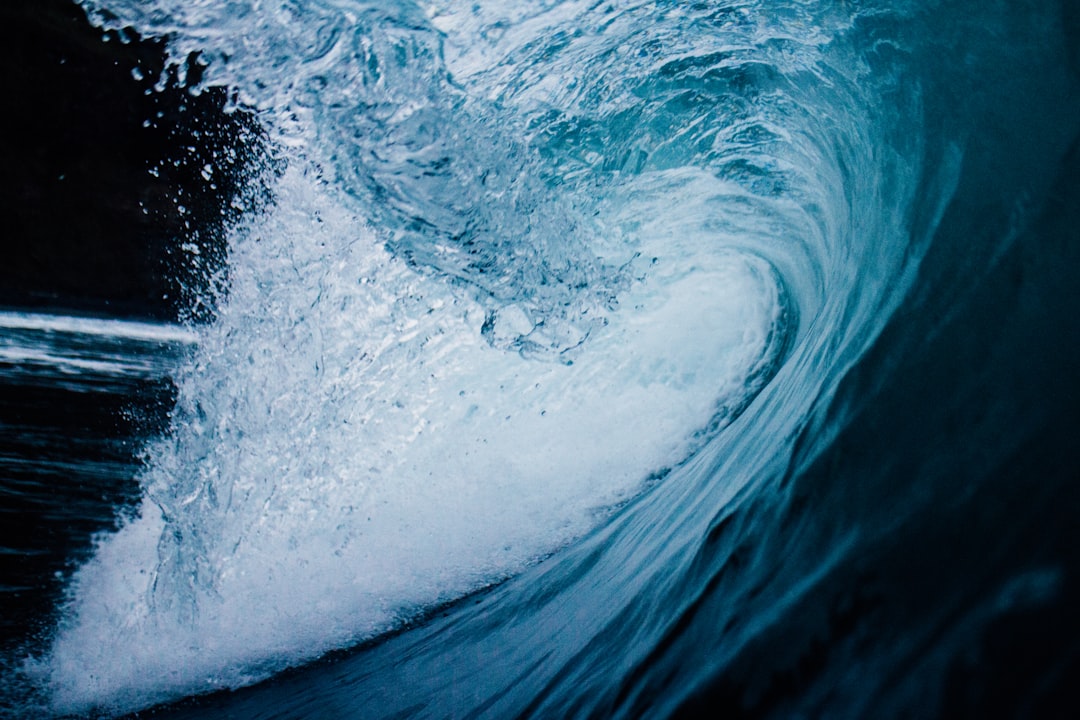What is it about?
The signatures of earliest life on Earth are found in hot springs. Hot springs have characteristic mineral assemblages which if present in extra-terrestrial settings (e.g., Mars) could point toward the presence of ancient hot springs which can be further explored for the signs of extinct or extant life. Detection of certain minerals, for example, chlorite and opaline silica on Mars suggest the existence of ancient Martian hot springs, while hydrous sulfate minerals prove past water activity on Mars. To facilitate the identification of extra-terrestrial hot springs, we have analyzed the complete mineralogical suite from the Puga hot spring deposit, Ladakh, India, which can act as an analog of cold and dry Martian conditions.
Featured Image

Photo by Amy Hamerly on Unsplash
Why is it important?
We have used instruments equivalent to those presently deployed on the Martian rovers and identified sodium borate minerals like borax and tincalconite and hydrous sulfates such as alunite, jarosite, copiapite, gypsum, and tamarugite (reported for the first time from the Indian subcontinent) and opaline silica from Puga Hot Spring, Ladakh India. Hot Springs on the continents are regarded as the cradle for the origin of life on Earth. Therefore, this mineralogical assemblage can help us identify localities on Mars that might have hosted ancient hydrothermal systems having signatures of extinct or extant life.
Perspectives
Writing this article was a great pleasure as it has co-authors who are mainly the mentors of my doctoral research and long-standing collaborators and close friends. I hope this article will help the future scientific community to find life on mars.
Mr. Subham Sarkar
Physical Research Laboratory
Read the Original
This page is a summary of: Spectroscopic studies on the Puga Hot Spring Deposits, Ladakh, an astrobiological Martian analog site in India, Journal of Geophysical Research Planets, October 2022, American Geophysical Union (AGU),
DOI: 10.1029/2022je007299.
You can read the full text:
Resources
Contributors
The following have contributed to this page










